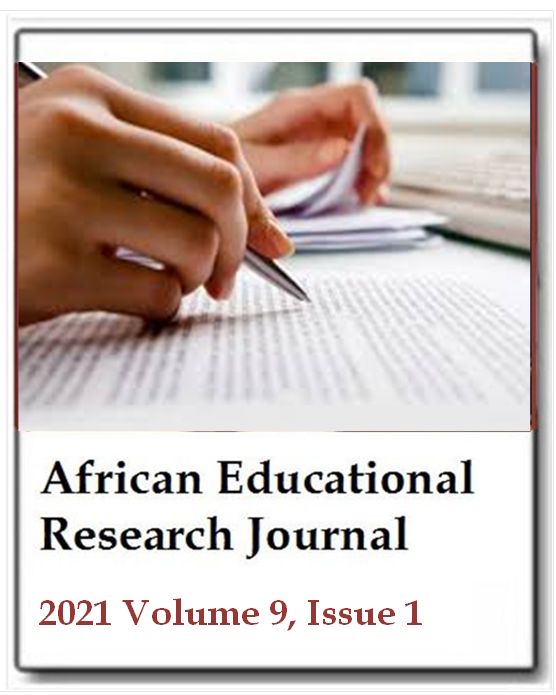Investigation about self-esteem levels of athletes who have been educated in different sports branches according to some variables: A study on physically handicapped individuals
Taner BozkuşAfrican Educational Research Journal
Published: February 18 2021
Volume 9, Issue 1
Pages 134-140
DOI: https://doi.org/10.30918/AERJ.91.20.217
Abstract
This study aimed to examine the self-esteem of those who did sports in physically disabled individuals by some variables. Based on this aim, the study was designed quantitatively. In this descriptive research, the general survey model that is coherent with the main purpose was used. The study group of the research consisted of 140 individuals aged 18 and over who had physical disabilities and actively engage in sports. Purposeful sampling approaches and easily accessible sampling methods were used in the selection of the study group. The scale form was used to collect research data. The scale form consisted of two parts. In the first part of this form, there was a personal information form containing information about the participants and in the second part, there was the "Rosenberg Self-Esteem Scale" developed by Rosenberg (1965) and adapted into Turkish by Çuhadaroğlu (1986). This form was applied to the participants on a voluntary basis, on the internet between 13.05.2020 and 03.06.2020. Necessary explanations were made to the participants while filling the form and they were provided to answer correctly. In this study, the self-esteem of physically disabled athletes was examined according to some variables. The research group consisted of 140 participants; 42 (30.0%) of them were female and 98 (70.0%) of them were male and the number of male participants was approximate twice the number of female participants. It was found that 18 (12.9%) participants were graduated from elementary and secondary schools, 59 (42.1%) from high school, and 63 (45%) from college, and the number of the participants belonging to the group consisted of graduates from high school and college were approximately four times more than the participants from the elementary and secondary school graduate group. It was determined that 9 (13.6%) of the participants had low, 105 (75%) had medium and 16 (11.4%) had a high level of income. It was observed that 83 (59.3%) of the participants were congenitally disabled and 57 (40.7%) of the participants disabled after birth and the number of congenitally disabled participants approximately 1.5 times more than the number of participants with disabilities after birth. It was determined that the number of participants who were national athletes was approximately 2.5 times those who were not. Among the variables examined, it was seen that there was only a statistically positive and low-level significant relationship between the sports age variable and the self-esteem mean score of the participants (r = .147; p < 0.05). In this context, as the age of the participants increased, the self-esteem of the participants also increased. As a result, it was determined that there was a positive correlation between the age of starting sports and self-esteem in physically disabled individuals, and individuals who started sports at an early age had a higher rate than other individuals.
Keywords: Self-esteem, sport, physically disabled individual.
Full Text PDFThis article is published under the terms of the Creative Commons Attribution License 4.0

